
No! I didn't mean that kind of gin; I mean the genie kind.
Before I wrote the short story, Time In A Bottle, everything I knew about genies I'd learned from the original book One Thousand and One Nights or Walt Disney movies. When I researched the topic, I was in for a surprise.

The word Jinn comes from the Arabic verb Janna and means "hidden from sight." Jinn refers to any class of spirits, lower than angels, capable of appearing in human and animal forms and influencing humankind for either good or evil.
The English word genie comes from the Latin word genius, which means a guardian spirit thought to be assigned to each person at birth. The French translators of One Thousand and One Nights used the word genie as a translation of jinn or jinni because it was similar to the Arabic word in sound and in meaning. And it stuck.
IN ANCIENT MYTHOLOGY
Throughout history, humans have been attracted to the supernatural and unseen. The spirit world has always held a fascination for people everywhere, from prehistory through modern times. Just look at the popularity of the paranormal genre.
It doesn't come as a surprise that the belief in invisible spirits existed in Arabian, Greek, and Roman mythology, as well as in the primitive beliefs of many other locations from Africa to the Canary Islands.
● In ancient Greece, Daemons were benevolent or benign spirits who served humans, at the will of Zeus, like spirit guides but who were invisible and known only by their acts. Nature spirits.
● The Roman equivalent of a Greek Daemon was a protective spirit call a genius. In ancient Roman religion, the genius was the individual instance of a general divine nature that is present in every individual person, place, or thing. Every man had a protective spirit, or genius, assigned to him, every woman, a juno. In reading the descriptions, it seems to be regarded almost like the soul of a person or place.
● In Arabian mythology, preIslamic beliefs of the Arab people, the jinn or djinn were one of a myriad of gods, demigods, and other deities. They were not gods, but supernatural spirits of free will who could be good, benign, or evil. These spirits had the ability to possess human beings, both in the sense that they persuade humans to perform actions (good or bad), and like the Christian perception of demonic possession.
There were several types of djinn in the preIslam beliefs. I found references to eleven types in general, but only two in relations to mythology. My guess is that all of them are found in mythology, but that's only a speculation.
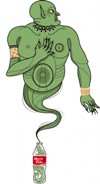
◄ (Drawing by Lisa Brown)
Ifrit or Effrit– Spirits below the level of angels and devils, noted for strength and cunning. They were large winged creatures of fire who lived underground. They generally married among themselves but could also marry humans. Ordinary weapons could not kill them but they were susceptible to magic. They were also good or evil, but are most often depicted as wicked and ruthless.
(Drawing by Lisa Brown) ▼
 Ghoul — This tribe traveled to the northwest and is known in English as an "undead monster" or "undead." In the ancient Arabic myths, ghouls are zombie-like Jinn for limited intelligence who haunt graveyards and eat human flesh. They were considered demons and incapable of goodness. ◄ (All drawing by Lisa Brown - aliftheunseen.com/the-five-types-of-jinn/ ) |
other tribes of Jinn. They don't correspond to the Arabic root pattern, and are more likely northern European. The name may be derived from the Middle English word seelie, which means good faerie. They are often portrayed as female, are very intelligent, and are the rarest of the Jinn who only appear occasionally in folklore. They do not seek to do harm to humans, but are fond of meddling in an attempt to help. (Drawing by Lisa Brown - aliftheunseen.com/the-five-types-of-jinn/)
GOD CREATED ANGELS, JINN, AND MANKIND
In mythology, there is a belief that every human has a jinn (called a qareen or quarin which means companion) like the roman genius, assigned to the individual at birth.
According to my research, neither the word nor the concept of jinn is found anywhere in the original Hebrew text of the Bible, but the word is used in old Arabic translations of the Bible. In Isaiah 6, the seraphim (which are described as burning, fiery ones) appear as creatures with their six wings used to cover their bodies, face, and feet (the description of the Ifrit). Also, in other scriptures, Jesus drives demons out of humans that are possessed. While not called jinn, these are spirits that possess the characteristics of jinn.
As I understand the references, in Islamic theology the jinn are creatures created by God (Allah) from smokeless fire just as humans were created from the clay of the earth. They are spirits, just as angels are spirits, but a lower order than angles.
They are physical beings with free will, just as humans have free will, and are able to interfere physically with mankind and objects and, likewise. can be acted upon. They are believed to inhabit an unseen world beyond the dimensions of the visible world occupied by humans.
Then, of course, there is the Hollywood interpretation of where they live.
EAST MEETS WEST
Culture shock!
In Muslin cultures, some people still believe that Jinn exist. It is part of the Muslim religion that God (Allah) created three kinds of beings: Angels, Jinn, and humans. And according to the Quran 51:56 "I did not create the Jinn and mankind except to worship me."
I found it interesting that the article on www.islamreligion.com/ indicated that, because of their free will, "Jinn can thus be Muslims or non-Muslims. However, due to their fiery nature, the majority of them are non-Muslim." However, those are considered by Muslims as part of the army of Satan.
The Jinn were given greater powers and abilities than humans as a test. Among other things, they have the power to take over the minds and bodies of other creatures. This however, has been prohibited as it is a great oppression to possess another being.
WHAT WOULD YOU WISH FOR?
If you had your own personal genie, a qareen or quarin, what would you wish for?
Below is the genie I want for a gareen.

http://genies.wikia.com/wiki/Jinn
http://en.wikipedia.org/wiki/Jinn
http://dictionary.reference.com/browse/jinn
http://aliftheunseen.com/the-five-types-of-jinn/
http://en.wikipedia.org/wiki/Seraphim
https://www.biblegateway.com/passage/?search=Isaiah+6&version=KJV
http://cryptozoologycryptids.wikia.com/wiki/Jinn
http://strangeworldofmystery.blogspot.com/2010/02/genie-jinn-or-djinn.html
http://www.jinndemons.com/jinn-in-quran/
http://www.islamawareness.net/Jinn/hyjinn.html
http://thedivinefire.wordpress.com/2012/11/21/ancient-arabian-mythology/
http://www.islamreligion.com/articles/669/
http://shaikhsohail.wordpress.com/2011/12/20/belief-in-the-jinn/
This blog by R. Ann Siracusa was originally published on Romance Books 4 Us blogsite August 10, 2014



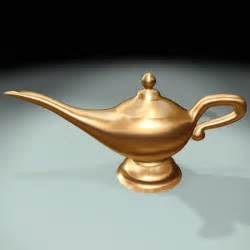

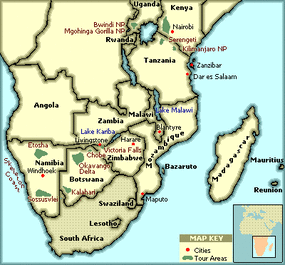
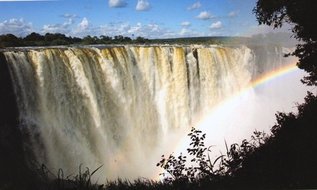
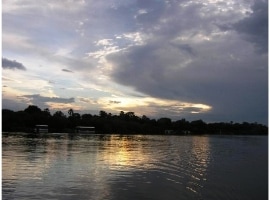
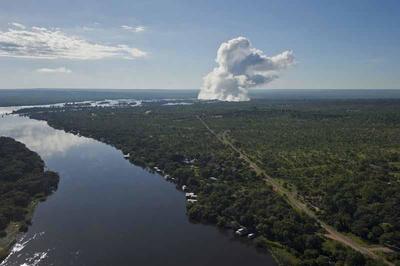
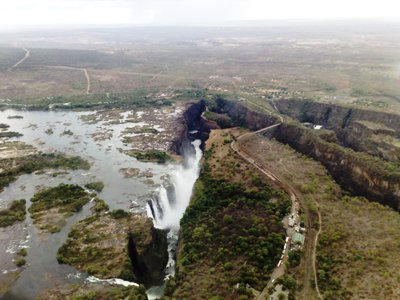
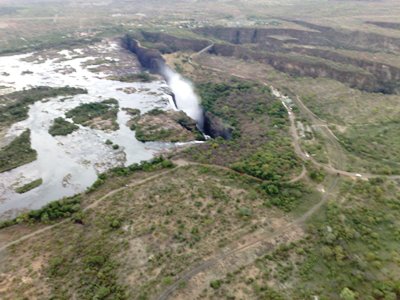
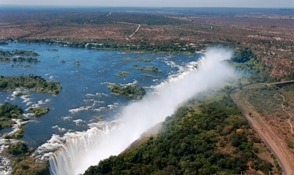
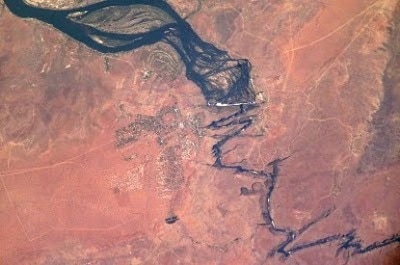
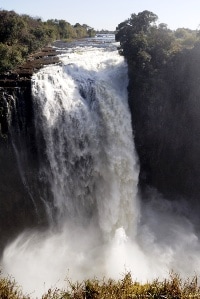
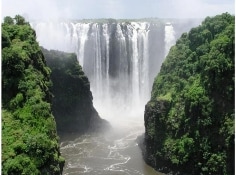
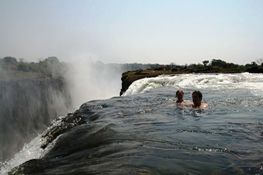
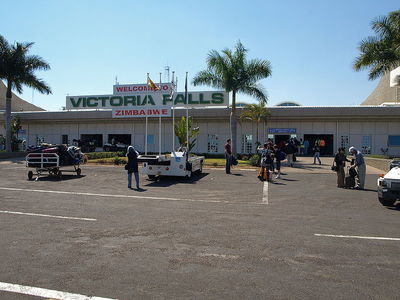
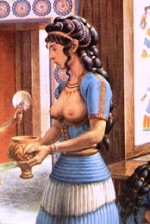
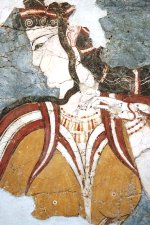
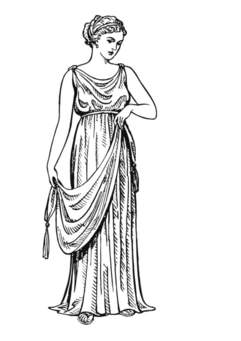
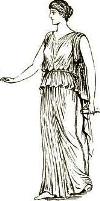
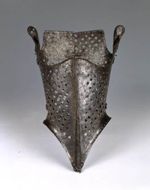
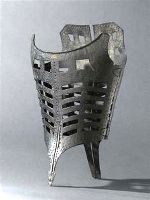
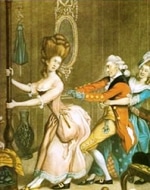

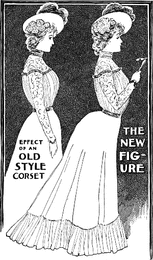

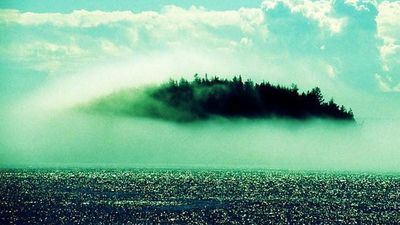
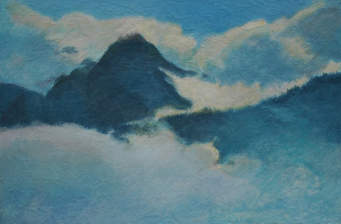
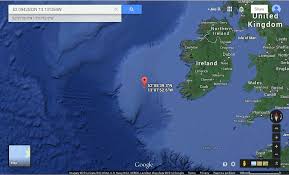
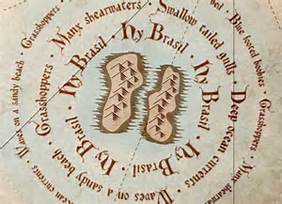
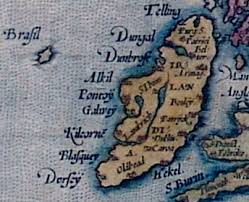
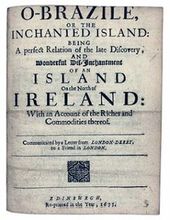
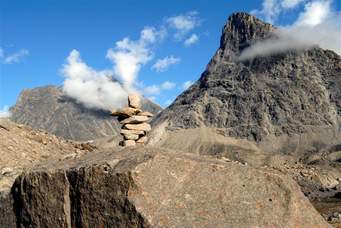
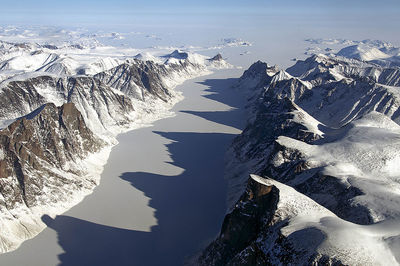
 RSS Feed
RSS Feed